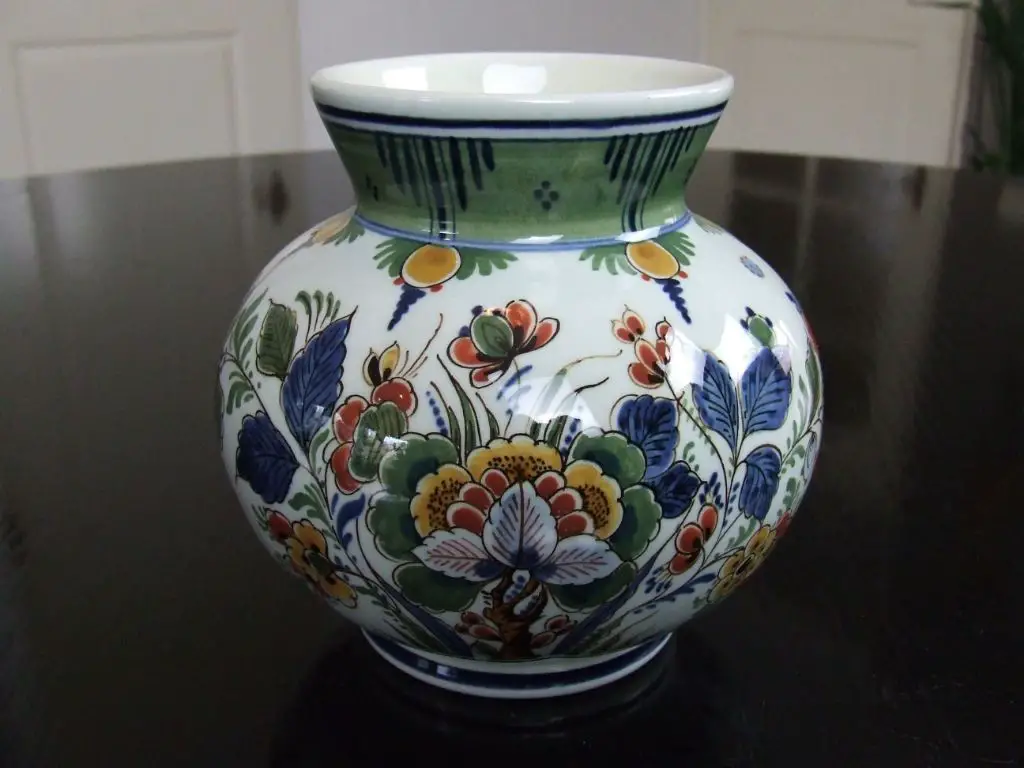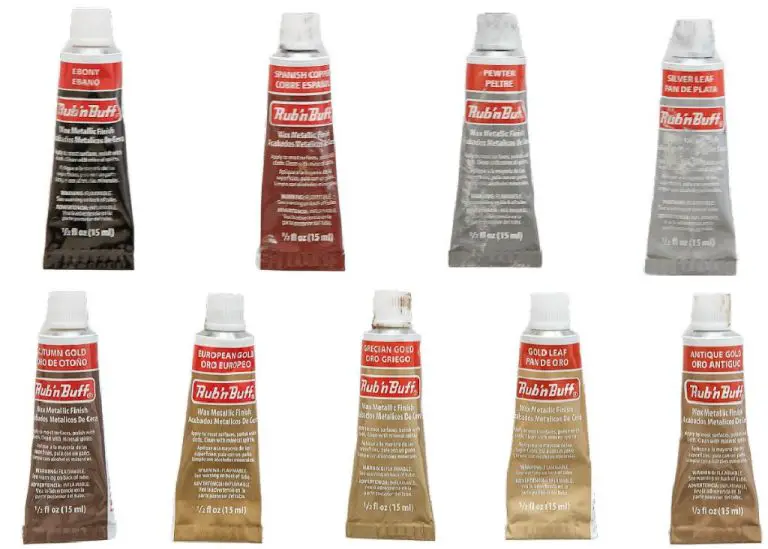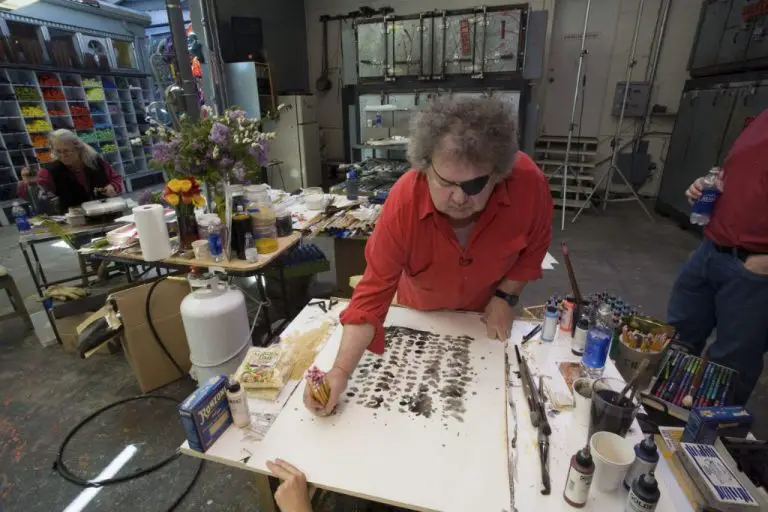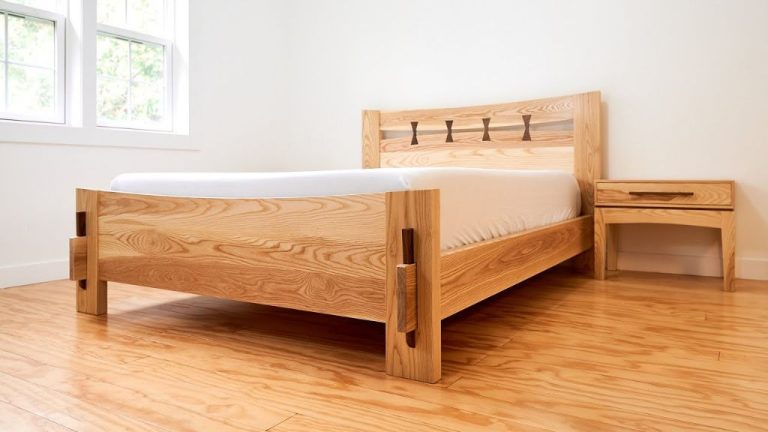Where Is Delft China Made?
Delft china refers to the iconic blue and white pottery that originated in Delft, Netherlands in the 1600s. It is known for its intricate blue designs on a white background. Delft pottery became extremely popular and was widely exported during the Dutch Golden Age.
Authentic Delft china is still made today in Delft, Netherlands using traditional techniques like hand-painting and tin-glazed earthenware production. However, much Delft-style pottery is also produced outside of the Netherlands, in places like China and Portugal. While modern day Delft may not come from the original source, it is still prized for its distinctive look and connection to Dutch history.
Origins in Delft, Netherlands
Delft pottery originated in Delft, Netherlands in the 1600s. The style became popular around 1600, and the most highly regarded period of production was from 1640 to 1740 (1). Delft pottery is known for its hand-painted blue and white porcelain designs on tin-glazed earthenware. The designs were influenced by Chinese porcelain imports into Europe at the time (2). The distinctive blue coloring comes from cobalt oxide which was used to paint the pottery.
Delft, Netherlands was an ideal location for the development of pottery production. It had access to good clay deposits and was a center for trade. Delft pottery started with simple designs but evolved over time to incorporate more detailed motifs inspired by Chinese porcelain (3). The Delft potters aimed to imitate the Chinese porcelain styles that were highly desired by European consumers at the time. They created their own unique style that became known as Delft blue.
Manufacturing Processes
Original Delft china was made through a labor-intensive process in the 17th century. It involved shaping clay, glazing it white, and then hand-painting intricate blue designs on top. The clay came from deposits around Delft and was mixed with water to create a slurry. Potters formed pieces using molds and allowed them to air-dry before the first firing in a kiln. They covered the biscuit-fired ware with a tin-glazed layer to create a smooth, white background. Artists then hand-painted intricate designs in cobalt blue, a costly pigment imported from Asia. The pottery required a second firing at high temperatures to fuse the glaze and designs. This produced the iconic blue and white look of Delft pottery.
Today, while some Delft-style pottery is still handmade, much of it involves more efficient production methods. The clay shaping and glazing stages remain similar to traditional techniques. However, the designs are often transferred via decals rather than hand-painted. Some workshops in Delft still employ artisans to hand-paint designs in the traditional style, but this is far more labor-intensive and makes the end product more expensive.
Sources:
https://museum.royaldelft.com/en/discover-the-collection/our-craftsmanship/
https://www.heinendelftsblauw.com/history-delfts-blauw
Decline of Delft, Netherlands Production
Delft production began to decline in the early 1700s due to increased competition from England and other European countries. As techniques for making tin-glazed pottery spread, it became cheaper to produce elsewhere
Wars and occupations in the Netherlands in the late 18th century further disrupted production. The French Revolution and Napoleonic Wars led to an economic downturn and unstable business environment in Delft (The Rise and Fall of the Delft Potteries).
By the late 1800s, Delft pottery production was nearly extinct. Only a single factory, De Porceleyne Fles, remained in Delft by the end of the 19th century. The number of Delft producers decreased from over 30 in the 17th century down to just 11 by 1800 (The Rise and Fall of the Delft Potteries). Changing tastes and industrialization contributed to the demise of true Delft.
Revival of Delft Pottery
Delft pottery saw a revival in the late 1800s as it became a symbol of national pride for the Dutch. While Delft style ceramic production had spread across Europe, authentic Delft china was still only produced in the city of Delft in the Netherlands. Several entrepreneurs re-established operations in Delft in this period to create beautiful ceramic pieces once again.
However, even with the late 1800s revival, only a handful of factories remain in Delft today that produce authentic Delft pottery using the original techniques. These include De Koninklijke Porceleyne Fles, which has been producing Delft ceramics since 1653, and De Delftse Pauw, which dates back to 1600s. While production is small, these factories in Delft ensure the tradition and quality of true Delft pottery continues today.
Delft-Style Production Spreads
As Delft pottery became popular in the Netherlands and abroad in the 17th and 18th centuries, potteries in other countries began producing their own versions of Delft wares. Delft designs were copied by potteries in England, France, China, Japan and elsewhere. Mass production methods were developed to meet demand for lower cost Delft-style ceramics.
In England, potteries started making tin-glazed earthenware inspired by Delft originals as early as the late 16th century. Many were located in London, Bristol and Liverpool. By the mid-18th century, English Delftware expanded beyond blue and white to include vibrant multi-colored decorations featuring Chinese and Japanese motifs [1].
Chinese export porcelain also copied classic Delft blue and white patterns for export to Europe and America. The Jingdezhen kilns began exporting this “Chinese Delftware” in the early 18th century using mass production assembly line methods. As European traders placed large orders for whole dinner and tea sets, quality and uniqueness diminished compared to the original Delft wares [2].
Major Production Centers Today
While the Netherlands remains a well-known production center for Delftware, several other countries have factories and brands that produce popular Delft-style china. Some of the other major centers for producing Delft-style pottery include:
China – Jingdezhen and Dehua are two cities in China that are known for producing Delftware copies that are often cheaper in price compared to Europe. Brands include Dehua Xi Shi, Dehua Lao Tou, and Dehua Feng Ge. However, the quality of glazing and painting is lower.

Indonesia – Java has several notable factories and brands such as Semarang and Solo. These tend to focus on reproducing antique styles of Delft pottery at lower prices.
Thailand – Brands like Thailand Delft manufacture Delftware style pieces often with unique Thai imagery and designs. The quality ranges based on price point.
The Netherlands – Royal Delft in Delft remains an iconic luxury brand producing 100% handpainted collectible Delftware made following centuries-old techniques. Prices are typically higher for these premium pieces. Other Dutch brands include De Porceleyne Fles and Makkum.
Differences Between Originals and Copies
Determining whether a piece of blue and white pottery is an authentic antique from Delft, Netherlands or a later imitation can require some detective work. Experts suggest looking closely at the following elements:
Hallmarks and Markings – Genuine antique Delft pieces will often have markings on the base indicating the factory where it was produced. Common markings include a shield, windmill, compass, letters denoting the maker’s initials, or a full written maker’s mark. Imitation pieces may lack any markings or have unclear marks.https://thepotterywheel.com/identify-delft-pottery/https://delftsaardewerk.nl/en/recognize/marks
Quality and Detail – Authentic Delft pieces feature crisp, intricate painting and glazing techniques refined over centuries. The iconic blue decorating color on real Delft has a rich, deep hue. Mass-produced copies often have lower quality coloring with blurred or simplistic designs.
Age and Wear – Genuine antique Delft will show appropriate signs of age like crazing, slight wear to painted areas, or rough/unglazed bases. Outward signs of aging can help determine if a piece is authentically old or a more modern reproduction.
By carefully inspecting the craftsmanship, markings, and condition of a Delft piece, collectors can identify true antiques made centuries ago in the Netherlands versus later imitations produced elsewhere.
Modern Day Delft China Collecting
Delft china remains a popular collectible for antique lovers around the world. Authentic pieces from the 16th to 18th centuries can fetch high prices at auction. Valuing antique Delft involves assessing the age, condition, rarity and decorative appeal of each item. Signs of authentic age include crazing of the glaze, paint wear, and dullness from polishing over time. The most coveted antique Delft tends to come from renowned factories like De Grieksche A, De Porceleyne Fles, and De Pauw. Pieces decorated with Chinese-style blue motifs on a white background remain icons of Delft pottery.
For those seeking new Delft, many companies worldwide produce ceramic pieces using traditional designs and methods. The Royal Delft factory in the Netherlands is one prominent company still creating Delft in its original location. Their website offers a wide selection of vases, plates, and figurines. Cobalt blue on white remains the most classic look, but modern Delft introduces new colors like red, green and purple paired with traditional patterns. Affordable new Delft can be purchased at stores like World Market or online retailers like Amazon and eBay. With proper care, new Delft ceramics make wonderful gifts and family heirlooms to pass down through generations.
Conclusion
Delft ceramics have a long and storied history dating back to the 16th century in the Netherlands. The distinctive blue and white pottery originally emerged as an imitation of Chinese porcelain, which was highly coveted in Europe at the time. Delft potters created their own unique style and became known for beautiful hand-painted designs on tin-glazed earthenware.
While production in the original Delft factories declined over time, Delft ceramics experienced a revival in the 19th century as interest in the Dutch Golden Age grew. Today, pieces inspired by classic Delft designs are produced around the world, from major factories in countries like England, Portugal, China, and Indonesia.
Original Delft pottery from the 17th and 18th centuries is highly valued by collectors and museum curators. The Delft style has had a significant impact on ceramic traditions across Europe and beyond. The iconic blue and white coloring and intricate patterns are recognizable hallmarks of Delft that continue to influence pottery and porcelain today.



